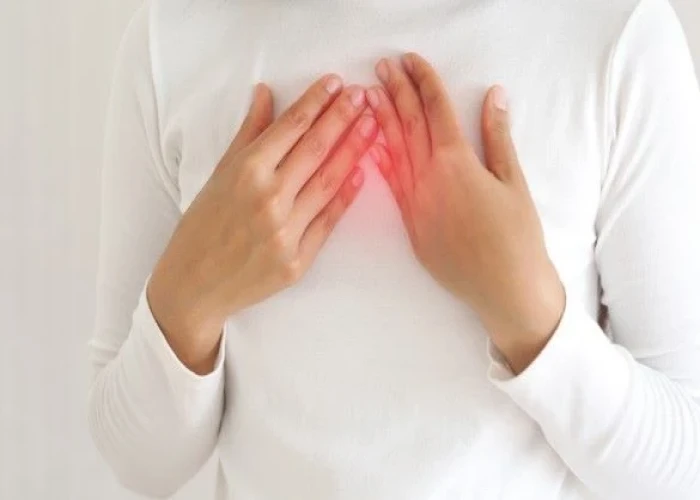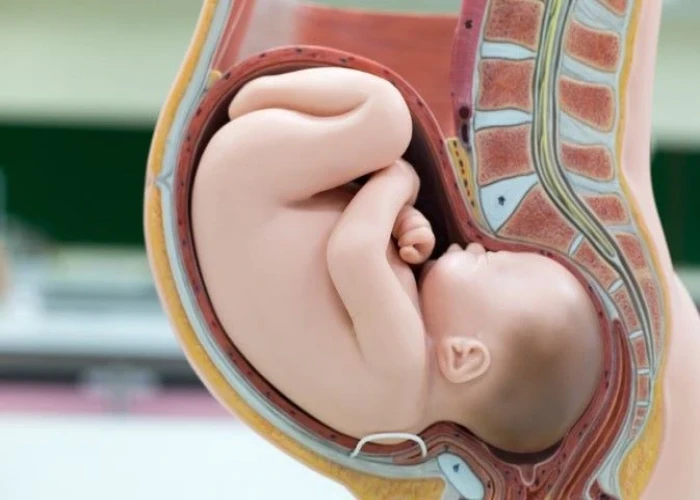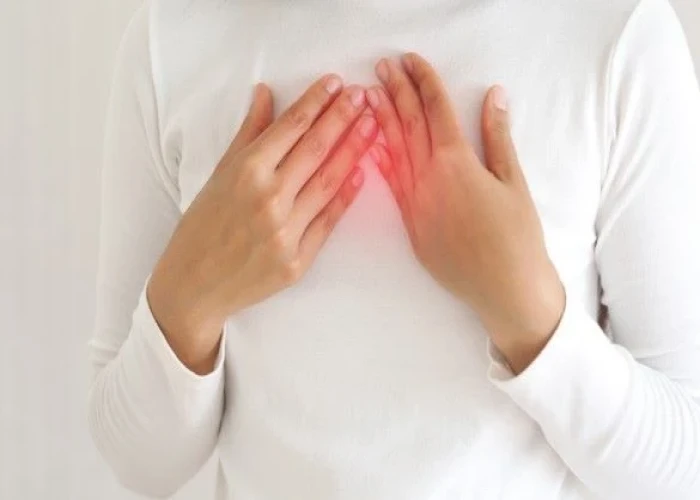 Welcome
Welcome
“May all be happy, may all be healed, may all be at peace and may no one ever suffer."
Pectus carinatum

Pectus carinatum, also known as pigeon chest, is a chest wall deformity characterized by an outward protrusion of the sternum and ribs, creating a concave appearance of the chest. It is a relatively rare condition, affecting only about 1 in 1,500 children.
The cause of pectus carinatum is not fully understood, but it is thought to be due to an imbalance in the growth of the rib cage during adolescence. In some cases, it may be associated with underlying genetic or connective tissue disorders.
Pectus carinatum is usually diagnosed during childhood or adolescence, when the chest wall deformity becomes noticeable. In some cases, it may cause breathing difficulties or chest pain, particularly during physical activity. Treatment options for pectus carinatum include bracing or surgery, depending on the severity of the condition and the age of the patient. Bracing involves wearing a custom-made chest brace for several hours a day to gradually reshape the chest wall. Surgery involves correcting the deformity through a surgical procedure known as the Ravitch procedure or the Nuss procedure, both of which involve reshaping the chest wall using metal bars or wires.
Research Papers
Disease Signs and Symptoms
- Bone shape change
- Bone deformity
- Shortness of breath (dyspnea)
Disease Causes
Disease Prevents
Disease Treatments
Pectus carinatum can be treated with either a brace or surgery. If the child’s bones are still growing, a brace can help flatten the chest. The brace is worn up to 23 hours a day and symptoms usually begin improving in just a few months. For severe pectus carinatum, surgery can repair the defect.
Disease Diagnoses
Disease Allopathic Generics
Disease Ayurvedic Generics
Disease Homeopathic Generics
Disease yoga
Pectus carinatum and Learn More about Diseases

Polyhydramnios

Solitary rectal ulcer syndrome

Pouchitis

Spinal cord tumor

Sciatica

Ascites

Obstructive sleep apnea

Premature ejaculation
pectus carinatum, পেকটাস ক্যারিনাটাম
To be happy, beautiful, healthy, wealthy, hale and long-lived stay with DM3S.
